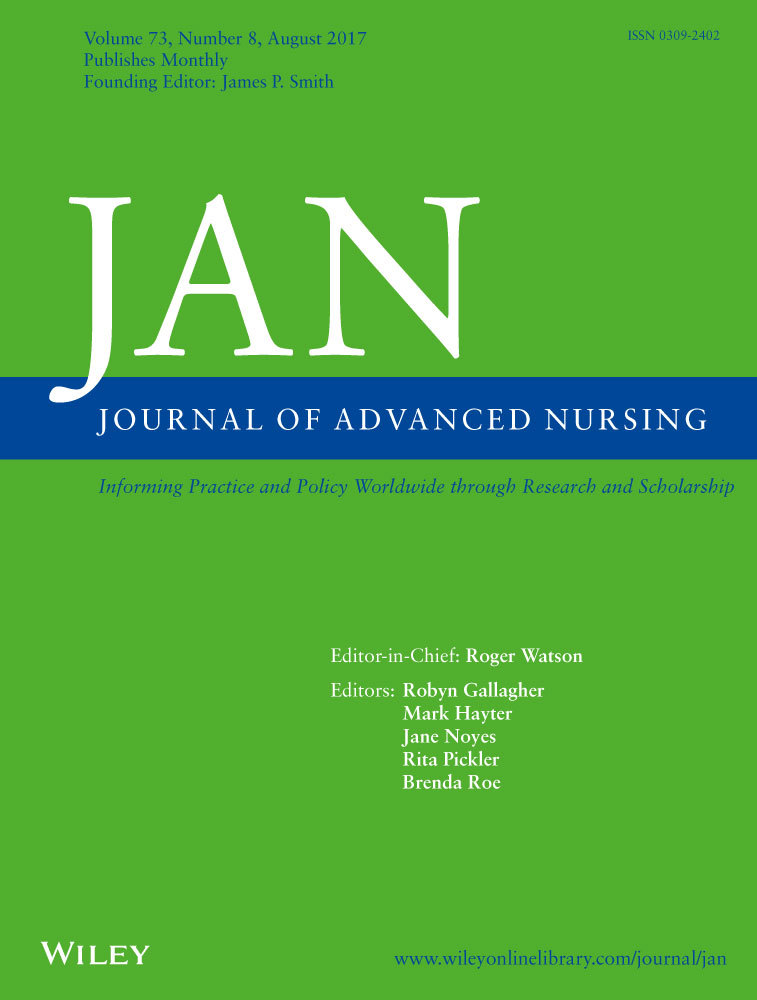A framework for transition to specialty practice programmes
Abstract
Aim
To develop a framework for emergency nursing transition to specialty practice programmes.
Background
Transition to Specialty Practice programmes were introduced to fill workforce shortages and facilitate the transition of nurses to specialty nursing practice. These programmes are recognized as an essential preparation for emergency nurses. Emergency nursing Transition to Specialty Practice programmes have developed in an ad hoc manner and as a result, programme characteristics vary. Variability in programme characteristics may result in inconsistent preparation of emergency nurses.
Design
Donabedian's Structure-Process-Outcome model was used to integrate results of an Australian study of emergency nursing Transition to Specialty Practice programmes with key education, nursing practice and safety and quality standards to develop the Transition to Specialty Practice (Emergency Nursing) Framework.
Methods
An explanatory sequential design was used. Data were collected from 118 emergency departments over 10 months in 2013 using surveys. Thirteen interviews were also conducted. Comparisons were made using Mann–Whitney U, Kruskal–Wallis and Chi-square tests. Qualitative data were analysed using content analysis.
Results
Transition to Specialty Practice programmes were offered in 80 (72·1%) emergency departments surveyed, to improve safe delivery of patient care. Better professional development outcomes were achieved in emergency departments which employed participants in small groups (Median = 4 participants) and offered programmes of 6 months duration. Written assessments were significantly associated with articulation to postgraduate study (Chi-square Fisher's exact P = <0·001).
Conclusion
The Transition to Specialty Practice (Emergency Nursing) Framework has been developed based on best available evidence to enable a standardized approach to the preparation of novice emergency nurses.




